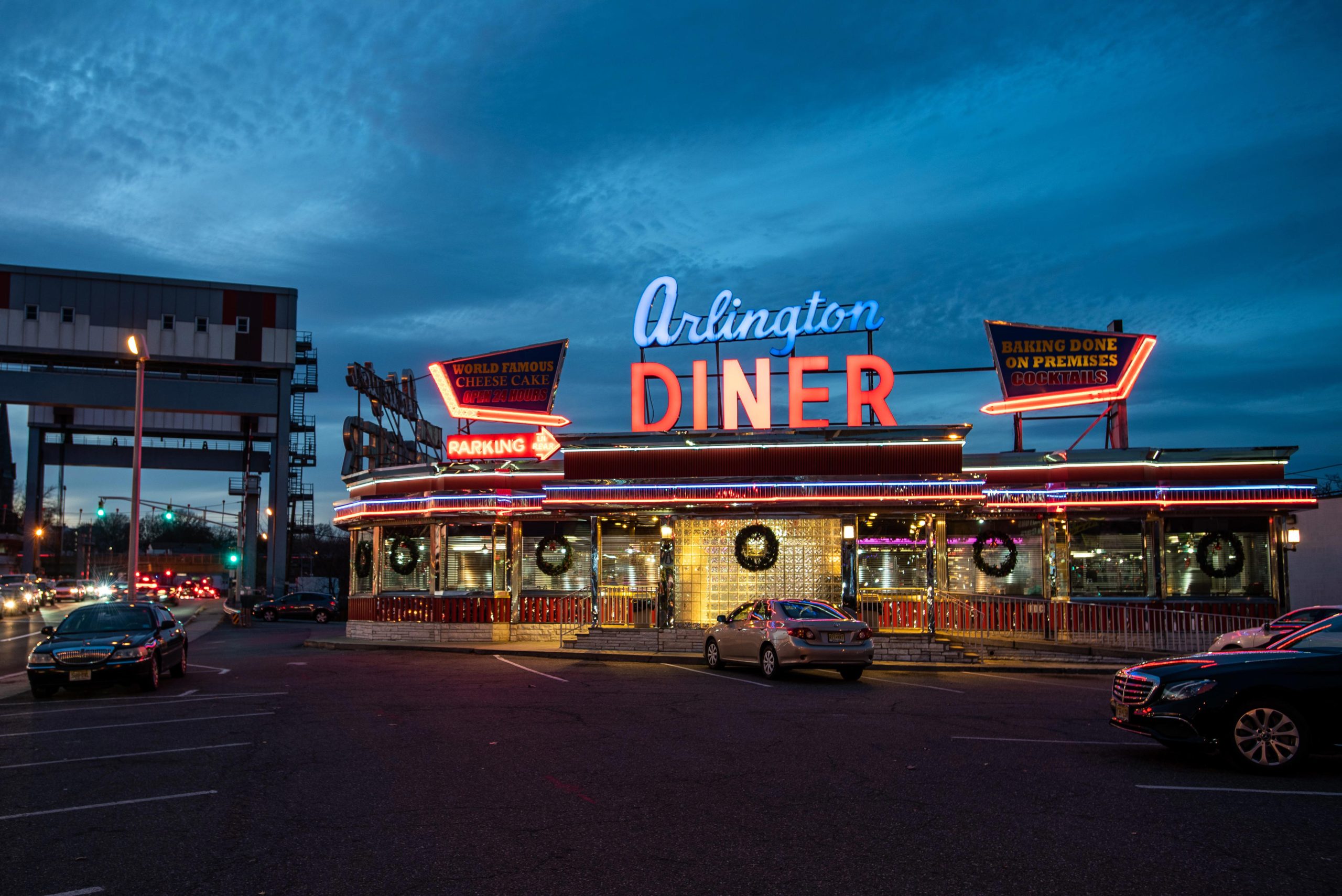The Struggles and Resilience of New Jersey Diners
Nick Kallas, co-owner of the Broad Street Diner in Keyport, has always believed in the power of diners. His establishment was recently recognized as one of the best in the country by Time Out, and he and his wife Maria have also taken on the renovation of the Roadside Diner in Wall, a 1940s diner that once served as the backdrop for a Jon Bon Jovi album cover. Kallas’ father owned a diner in Edison for decades, which instilled in him a deep appreciation for the communal nature of these establishments. They are more than just places to eat—they are cultural icons and gathering spots that reflect the heart of New Jersey.
However, Kallas is not naive about the challenges of running a diner in 2025. Rising costs, shifting consumer habits, and the lingering effects of the pandemic have made it harder to sustain the business. “We’re surviving, but it’s just a paycheck,” he said. Despite this, he remains hopeful that the diner will endure, even if it means adapting to new realities.
Support kami, ada hadiah spesial untuk anda.
Klik di sini: https://indonesiacrowd.com/support-bonus/
New Jersey, often referred to as the diner capital of the world, is seeing a decline in its iconic dining spots. Over the past decade, as many as 150 diners have closed, and those that remain face increasing difficulties. Wait times are shorter, menu prices are rising, and some say the quality is dropping. For many, the traditional diner experience is under threat.
Jon Ricklin, a resident of Hillsdale, has been visiting every diner in New Jersey for over a decade. He estimates that at least 40 of the 280 he has visited have either closed or changed hands in the last ten years. This trend raises an important question: Is this a temporary downturn, or are we witnessing the end of an era?
Michael C. Gabriele, author of two books on New Jersey diners, believes the industry has faced similar challenges before. “Diners have survived other downturns,” he said. “The business is always evolving, and people are rightfully upset about what’s happening now, but the diner is still here.”
Support us — there's a special gift for you.
Click here: https://indonesiacrowd.com/support-bonus/
A Brief History of the Diner
The story of the diner in New Jersey began in 1913 when Jerry O’Mahony built the first stationary “lunch wagon” in Bayonne. This innovation marked the beginning of a new way to provide affordable, convenient meals. O’Mahony’s company went on to build over 2,000 diners, sparking an industry that would grow rapidly throughout the 20th century.
By the mid-1900s, nearly two dozen diner-building manufacturers had emerged in New Jersey. Some of these diners, like the Paramount Company’s “diner of the future” now known as White Mana in Jersey City, still stand today. However, the industry faced challenges in the 1950s, with saturation leading to the collapse of many manufacturers. The rise of fast food in the 1960s and 1970s further complicated things, but diners managed to survive through adaptation and resilience.
The pandemic brought new challenges, especially for businesses reliant on in-person dining. Many diners saw their income drop significantly, and staffing became a major issue as workers left the industry. Themis Nissirios, owner of State Line Diner in Mahwah, recalls the difficulty of keeping the business afloat during this time. “If not for federal loans and emergency support funds, I don’t know how we would have made it back,” he said.
Why Diners Are Disappearing
Several factors are contributing to the decline of diners in New Jersey. Changing customer habits, increased costs, and the aftermath of the pandemic have all played a role. Additionally, many diner owners are aging, and younger generations are less interested in taking over the family business. The high cost of real estate has also led to some diners being sold for much higher prices than they were originally built for.
Inflation, bird flu, tariffs, and the post-pandemic recovery have forced many diners to raise their prices. Eggs, for example, have become a significant burden for breakfast-focused diners. “Eggs were killing us when they went up for that amount of time,” Kallas said. “That’s our breakfast and lunch, and everything’s eggs, from pancake mix to waffles.”
Ricklin, who visits diners regularly, has noticed the price increases. “It’s noticeable,” he said. “But compared to other restaurants … the values are still there.” However, for many, the cost of a meal at a diner has become prohibitive, especially for entrées that now often exceed $20.
Another challenge is the decline in 24-hour operations. The Americana Diner in Orange closed in March 2025, and there are now fewer than 20 such diners still operating. Nissirios, who runs the State Line Diner, is considering whether the long hours are worth the effort given the current economic climate.
Adapting to Change
Despite these challenges, some diners are finding ways to adapt. Elaine Xanthos, who runs the Arlington Diner in her family since 1958, has reduced her hours from 24 to 6 a.m. to midnight. She has also avoided raising prices for over a year, focusing instead on maintaining affordability.
Kallas has also adjusted his business model, cutting hours and introducing delivery services like Uber Eats and DoorDash. These changes have helped him manage costs while maintaining a steady flow of customers. “We try to keep our prices fair and affordable,” he said. “We have no control over the market, so we have to do what we can to survive.”
Some diners, like Tops Diner in East Newark, are thriving despite the challenges. Known for its unique menu items and welcoming atmosphere, Tops has managed to attract both locals and visitors looking for an authentic dining experience.
The Future of the Diner
While the future of New Jersey diners is uncertain, many believe the spirit of the diner will endure. Gabriele emphasized that the essence of the diner—affordable meals, friendly service, and a sense of community—remains intact. “What I hope won’t change will be the spirit of the diner,” he said.
Nissirios, too, remains cautiously optimistic. “I think the business is going to survive, but I’m cautiously optimistic,” he said. “It’s something that feels more recessionary.”
For Kallas, the diner is more than just a business—it is a part of New Jersey’s identity. “Diners have been in New Jersey forever,” he said. “There’s nowhere else you can go and get an affordable meal and get whatever you want.”
As the diner industry continues to evolve, one thing is clear: the legacy of the New Jersey diner is not easily forgotten. Whether through adaptation, innovation, or simply holding on to tradition, these establishments continue to play a vital role in the fabric of local culture.







